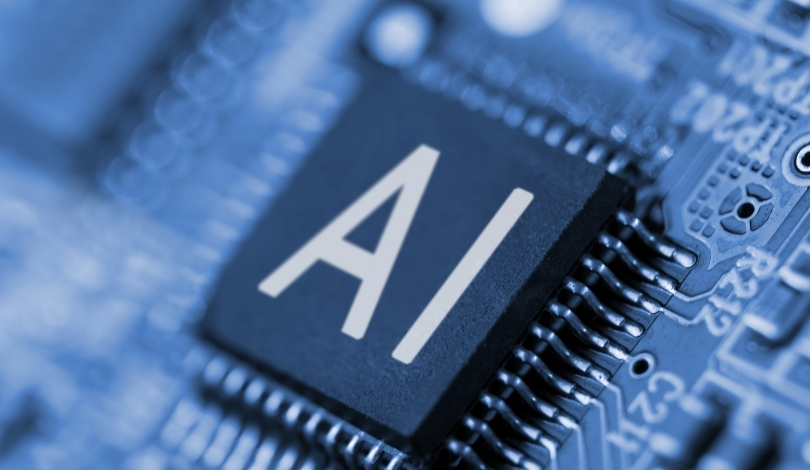Businesses confronted with ever-increasing demands for reliability and AI capability find new options on the horizon with the IBM Power11 enterprise servers. As AI applications become central to operations alongside traditional software, many organisations are burdened by complex hybrid infrastructure. IBM’s latest announcement introduces a single-platform server that is marketed to meet both operational robustness and seamless AI deployment. With outages posing serious risks to sectors like finance and healthcare, the capability to reduce downtime as well as to run AI workloads natively is expected to influence future IT infrastructure strategies.
Initial reports on Power11 build upon a long-standing trajectory of IBM Power systems evolving to address reliability and performance. Previous launches such as Power10 focused on security and hybrid cloud integration but were less explicit in their AI acceleration features. Competitive offerings from companies like Dell and HPE have previously emphasised either uptime or AI readiness, but not both within a unified architecture. Power11’s mix of zero-downtime operation, integrated AI acceleration and quantum-safe cryptography marks a distinct tweak to IBM’s approach.
How Does IBM Power11 Ensure Continuous Operation?
IBM Power11 is engineered for near-constant uptime, with a stated annual downtime of less than 32 seconds. This is achieved through technologies that permit live patches and system updates, eliminating scheduled maintenance windows. For businesses running critical databases or transactional systems, this structure aims to safeguard continuous service. An IBM executive stated,
“For our clients, even a minute of downtime can result in substantial operational or reputational losses.”
Such assurances seek to address anxiety in sectors requiring unbroken service availability.
What Are the AI and Performance Enhancements?
The server’s core architecture includes built-in acceleration for AI inference, allowing companies to deploy real-time predictive and analytical workloads on the same infrastructure as traditional applications. IBM also prepares to launch the Spyre Accelerator later in 2025, specifically for heavy AI duties. Performance metrics cited by IBM suggest as much as a 55% core speed increase over the Power9 generation and up to 45% higher capacity compared to Power10 systems. Incorporating server-level energy-saving modes reportedly provides improvements in efficiency per watt relative to x86-based rivals.
How Is Data Security Addressed on Power11?
Security features integrated into Power11 extend to both current and anticipated threats. The IBM Power Cyber Vault solution automates data backup and immutability testing, which is designed to respond rapidly to ransomware incidents. Moreover, the use of NIST-approved quantum-safe cryptography prepares adopters to counter future attempts at compromising encrypted communications, particularly relevant in banking and healthcare. These functions are designed to build organisational cyber resilience without needing add-on solutions.
IBM’s product release strategy includes multiple server models to suit enterprise size, as well as Power Virtual Server options via IBM Cloud. The collaboration with Red Hat’s OpenShift AI ecosystem is positioned to strengthen the compatibility of Power11 for cloud-native and open-source deployments. Cost and operational metrics, however, remain undisclosed and will be critical for potential buyers evaluating long-term investments. As market competition intensifies, the efficacy of AI workload integration and the reliability of zero-downtime claims will be key differentiators for Power11 adoption.
IBM Power11 illustrates a shift toward unified enterprise infrastructure that supports both legacy and advanced workloads. Users considering new server investments will factor in Power11’s claims of operational stability, inbuilt AI support, and enhanced security. For organisations with critical uptime obligations and increasing AI use cases, weighing system benchmarks, compatibility with existing applications, and tangible cost benefits will be essential. As the server landscape continues to evolve, the move towards platforms like Power11 reflects enterprise IT’s shifting focus toward higher resilience and integrated intelligence.










